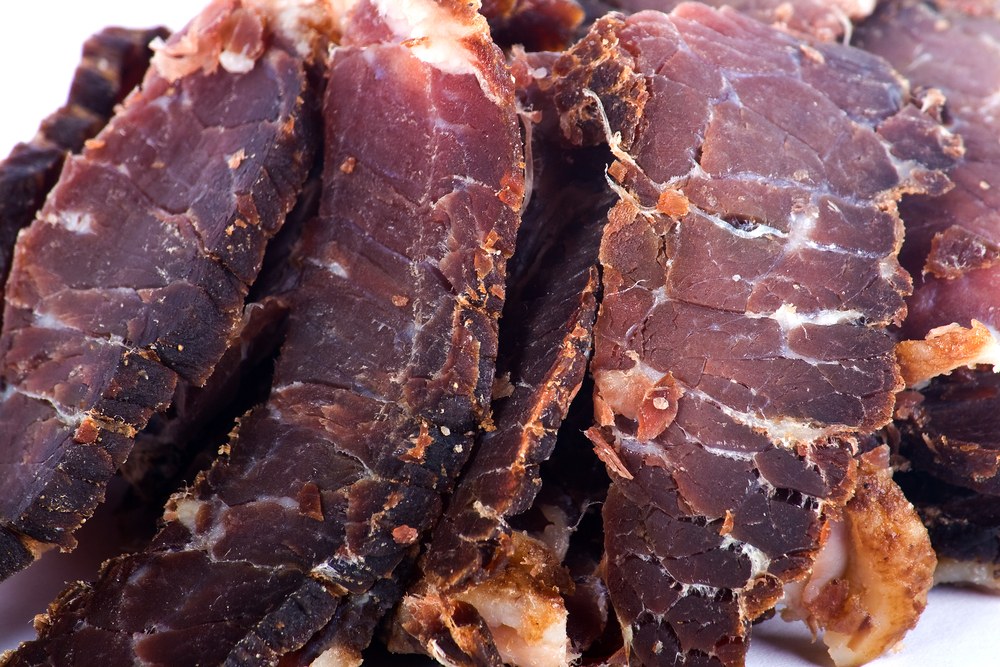Biltong is a famous South African dried, ready to eat snack that involves cutting meats into thin strips, mixing with various ingredients and drying which naturally preserves the meat eliminating the need to refrigerate. Biltong can be purchased mostly on every South African grocery stores. A number of meats can be used in the production of Biltong from beef, fish fillets, game meat, etc. however the strips should be preferably not thicker than 1 cm to enable them to dry quickly before going bad. Currently owing to in nutritional value this South African biltong beef jerky has grown its popularity worldwide becoming a preferable alternative to other snacks such as potato chips, popcorns, etc. and as a result, most snack manufacturers are adding Biltong to their product lines.
Why chose Biltong over other snacks?
As consumers, we are always looking for healthier foods and snacks that ensure our nutritional requirements are met and great taste to enjoy along with the other benefits. Biltong is tender which makes it easy to chew with additional traditional ingredients that give it the desired great taste for you to enjoy. Furthermore, the snack is a healthier alternative to other snacks with sufficient iron, natural proteins that are crucial for muscle growth and maintenance which is very important for athletes and other sports personalities as well as a good source of vitamin B12 responsible for the development of red blood cells. Despite these many benefits, it is good to note that “too much of anything poisonous” and therefore should be eaten with moderation considering in excess its likely to result in weight gain and high cholesterol in the body.
Steps followed in making Biltong
The South African ways of making Biltong involves a series of steps that will ultimately result in one of the most delicious snacks for you to enjoy with friends and family. However, you need the knowledge and patience to come up with the best Biltong and it generally involves steps such as;
- Selection of the meats
There are many different types of meat which can be used in the development of Biltong however I recommend beef for beginners considering it is more likely to suit most tastes. You should avoid fatty meats to minimize the probability of spoilage during the drying process and bearing in mind that drying will lead to a significant loss in mass you should buy in bulk match with the amount of finished snacks which you want to make
- Meat preparation
It is always advisable to first remove any excess fats if any to prevent spoilage and increase the life of the end product. Afterward, cut the meat into slices preferably of thickness less than 1 cm to ensure it dries quickly before going bad and length of no longer than 20 cm. one of the simplest ways to prepare the meat slices for drying is basting and seasoning simultaneously. Use a wide tray to baste laying your steak slices on it and add an even layer of basting and seasoning on its surface. You can add other spices of choice depending on what you want the final snack to taste like.
- Drying
The meat slices can be dried in a heat controlled chamber i.e. a Biltong maker that is also necessary for controlling flies swarming the meat slices. Humidity levels should be monitored and maintained at acceptable levels particularly during humid seasons to keep it from leading to spoilage of the snack. The drying process can take between a day to ten days depending on the drying method used and other preferences.
Make sure to always go for the highest quality South African food providers. Once familiar with this process, you can then experiment with different meats, drying techniques, basting and seasoning to ultimately come up with a biltong snack suited for you.
